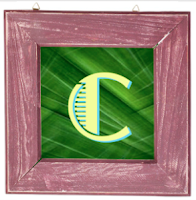Close Read Complex Text, and Annotate with Diigo--Part 3

Close reading is a strategy for reading complex text . In Part 1 , the focus is how to do a close reading. The focus in Part 2 is how to annotate with iPads. The focal points of this post are the teacher steps in close reading; how to create text dependent questions for informational text in 6th-12th grades; annotating in Diigo; and creating writing activities to go with close reading. Click here to download as PDF Below are the teacher's steps for creating a close reading lesson. However, the student steps are in the poster shown on the right: Teacher Step 1 : Choose the text Choose a short and difficult text to do a close reading on. It should be at the frustration reading level . Some examples to choose from for informational text are short speeches (or excerpts from a speech); research; paragraphs or chapters from biographies, memoirs, or historical accounts to name a few. Teacher Step 2: Planning Plan and do what you expect your students to do. Decide ...

